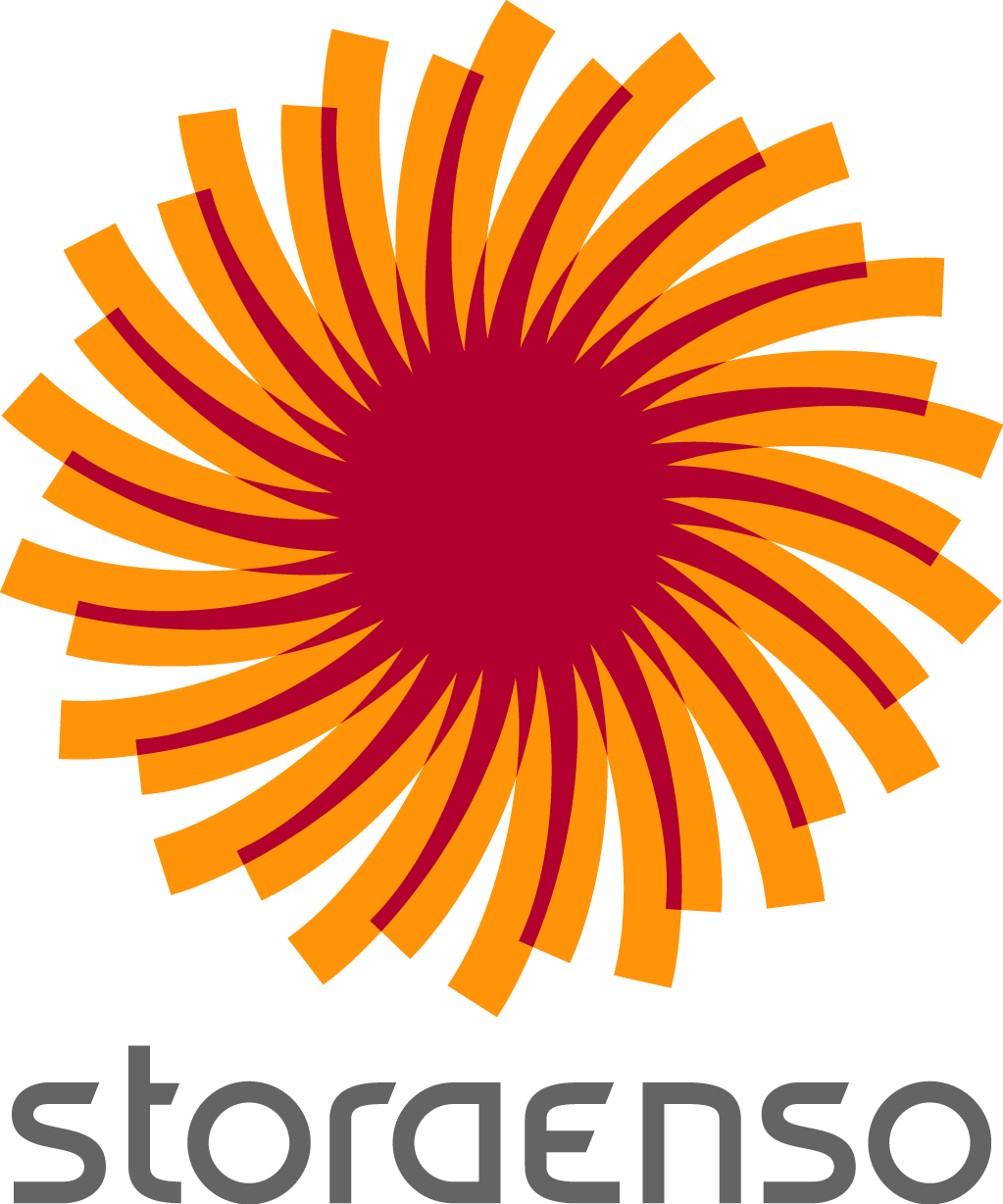Design Thinking & Doing Toolkit
Use this toolkit for business problem exploration, opportunity discovery, ideation and validation of new services with a human-centric approach.
Design Thinking is defining and refining experiences based on your collective vision and research-based customer understanding. It gives you tools to look beyond personal preferences. It is a human-centred, experimental and co-creative approach that aims to deliver high quality services continuously.
A typical Design Thinking and Doing process using this playbook would look like this:

Example case walkthrough
Clear Mission:
As the IT department, after looking at the employee satisfaction survey data and internal stakeholder meetings you decide to improve the work travel service experience for your employees.
User research:
You interview min. 4 people who travel frequently, using the Customer Interview tool instructions. Key findings from this phase could be summarised as user quotes : "I'm always worried about losing the receipts", "I want to be able to pick the same flights and hotels with my colleagues without back & forward emails and messages" etc. .
Please see the Customer Interviews tool description from SEEDS Service Design Playbook Toolkit to do the User Research properly.
Mapping the findings to a visual document
Based on your user research you create a Service Blueprint where end to end service is laid out and key findings are highlighted. Now there is a structured and visualised document that makes it easy to discuss within a group, distribute to others and collect feedback.
Please see the Service Blueprinting tool description from the toolkit.
(*) If this would be a new service creation project, a more suitable tool would have been Value Proposition Canvas .
Scoping & ideation:
You choose your focus area, such as "receipt collection and expense claiming" instead of "trip co-planning" because it is more desirable/viable/feasible to fix it according to your dot voting exercise. For the identified problems in that area, you run solution ideation e.g. with crazy 8 sketching method. For the idea voted as the winner you create a storyboard that serves as your high level prototype specification.
Prototyping & user testing:
Let's assume the solution idea that was chosen to move forward to prototyping stage was "using imaging technologies to process receipt photos". You create a mock-up that mimics the functionality and test this with 4-5 users individually to understand if they find it useful and usable. According to feedback you can improve this concept and build an MVP, or go back to one of the previous stages and run the process from there.
For the last 2 steps, please check Design Sprint tool from the toolkit.
Notes:
If you have the outcomes from the previous stage(s) somehow, you can start from any stage.
MVP stands for Minimum Viable Product : "A product with just enough features to satisfy early customers and provide feedback for future development". You can use the SEEDS Digital UI Library to design and develop the MVP fast.
Check the "Toolkit" section ( tab link at the top of the page ) to learn about the tools in-depth, and "Help" section (coming soon!) for more resources and in-person help.
